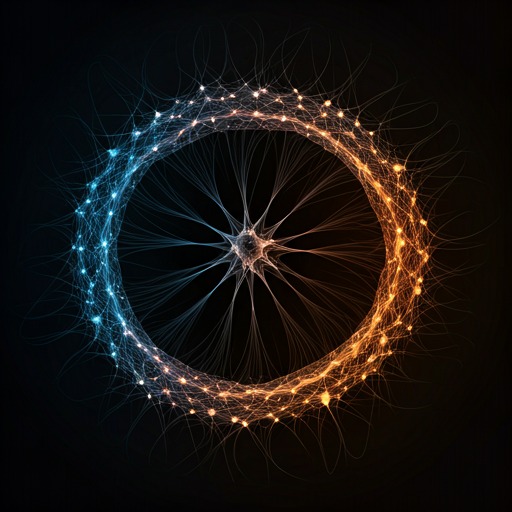Have you ever wondered how your brain weaves fleeting moments into cohesive memories? A groundbreaking study from the Kavli Institute for Systems Neuroscience in Norway sheds light on this remarkable process. The research team, led by Professors Edvard and May-Britt Moser, has identified a fundamental neural mechanism that organizes experiences into sequences, like scenes in a film, creating a memory blueprint.
Traditionally, memories were thought of as static snapshots, but this study challenges that idea. Memories instead appear to be dynamic and to unfold over time like videos. The team focused on the medial entorhinal cortex (MEC), a part of the brain crucial for navigation and episodic memory. By observing neural activity in mice in total darkness, the researchers discovered that neurons fire in a slow, rhythmic pattern. These waves of activity move in coordinated sequences, forming a structured “ring” that links individual events in chronological order.

The researchers likened this mechanism to a symphony, with neurons acting as instruments playing in perfect harmony. Each neuron fires at its designated time, creating a sequence that loops and repeats. Remarkably, these patterns are intrinsic to the brain, independent of external stimuli. The rhythmic waves provide a biological template for encoding and organizing events, enabling the brain to make sense of the world over time.
What’s fascinating is that this mechanism appears to be an evolutionary feature, embedded in our genes before birth. This discovery not only explains how we structure our experiences but also hints at broader applications, potentially reshaping our understanding of how different brain regions coordinate complex tasks across various timescales.
This research opens exciting doors for neuroscience. By uncovering the brain’s built-in system for sequencing experiences, we gain deeper insight into its memory blueprint. This discovery could revolutionize our thinking about brain coordination, revealing how diverse neural processes create memories from our lived experiences.
Tags: brain, learning, memory, scienceCategorised in: Uncategorized
This post was written by Christine Rizk
